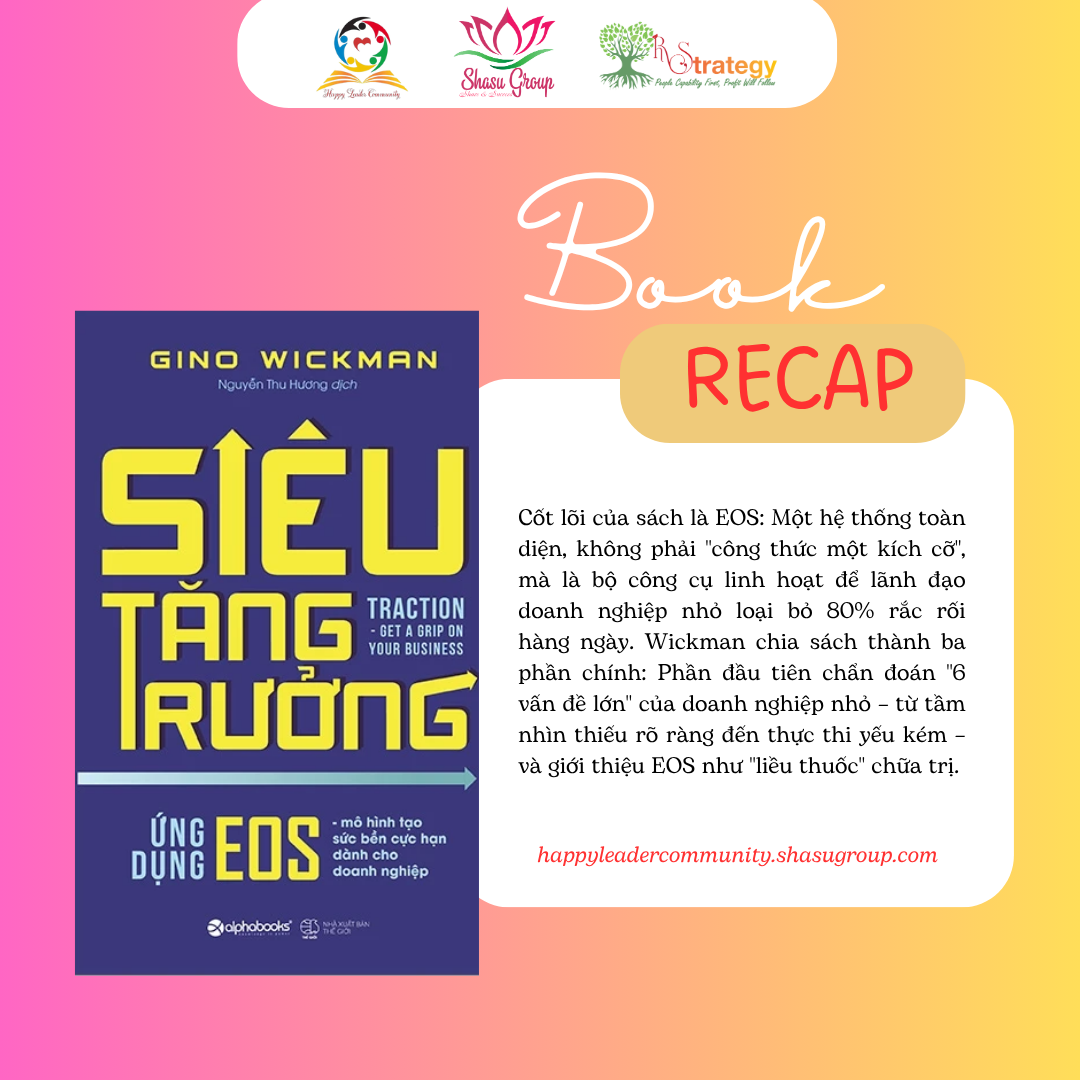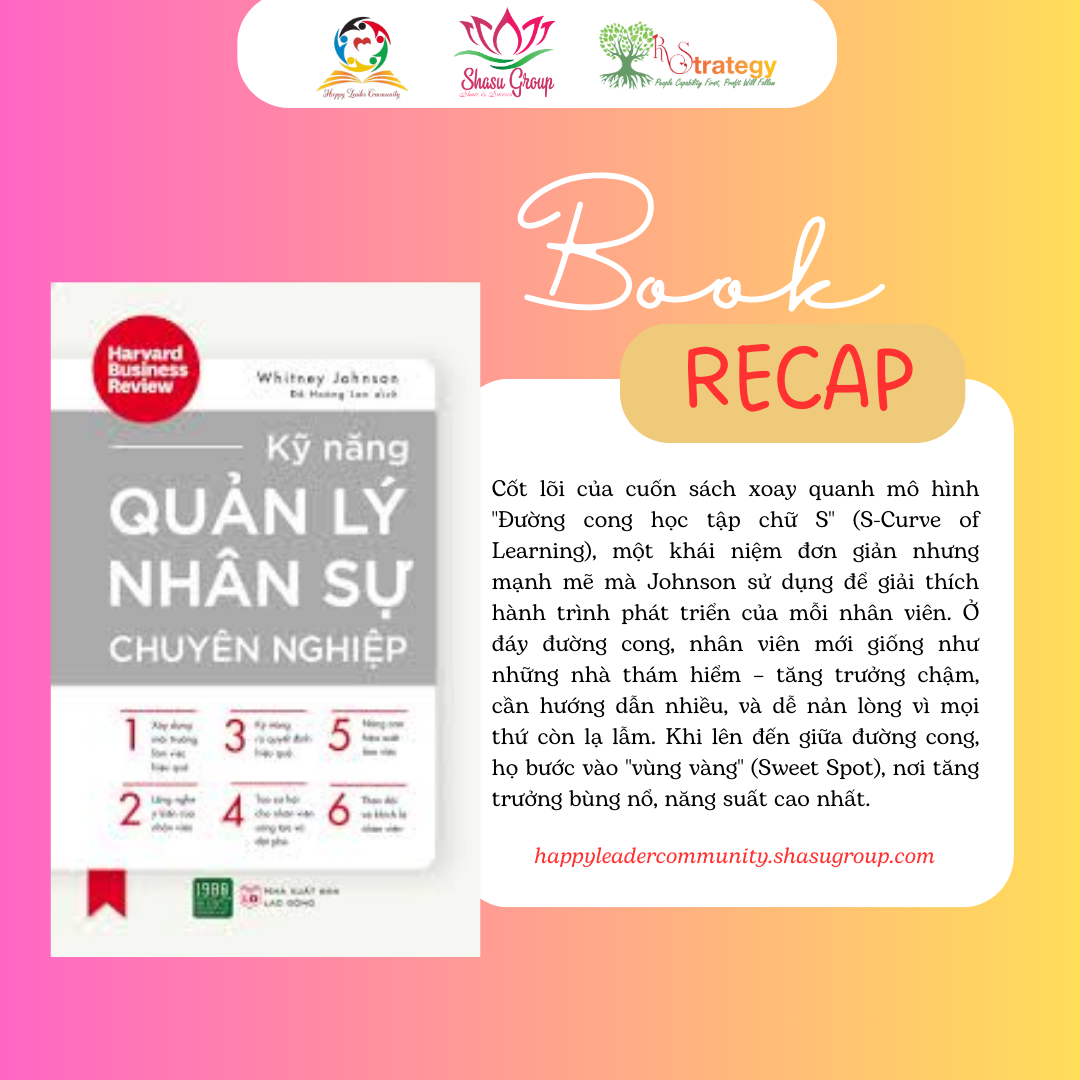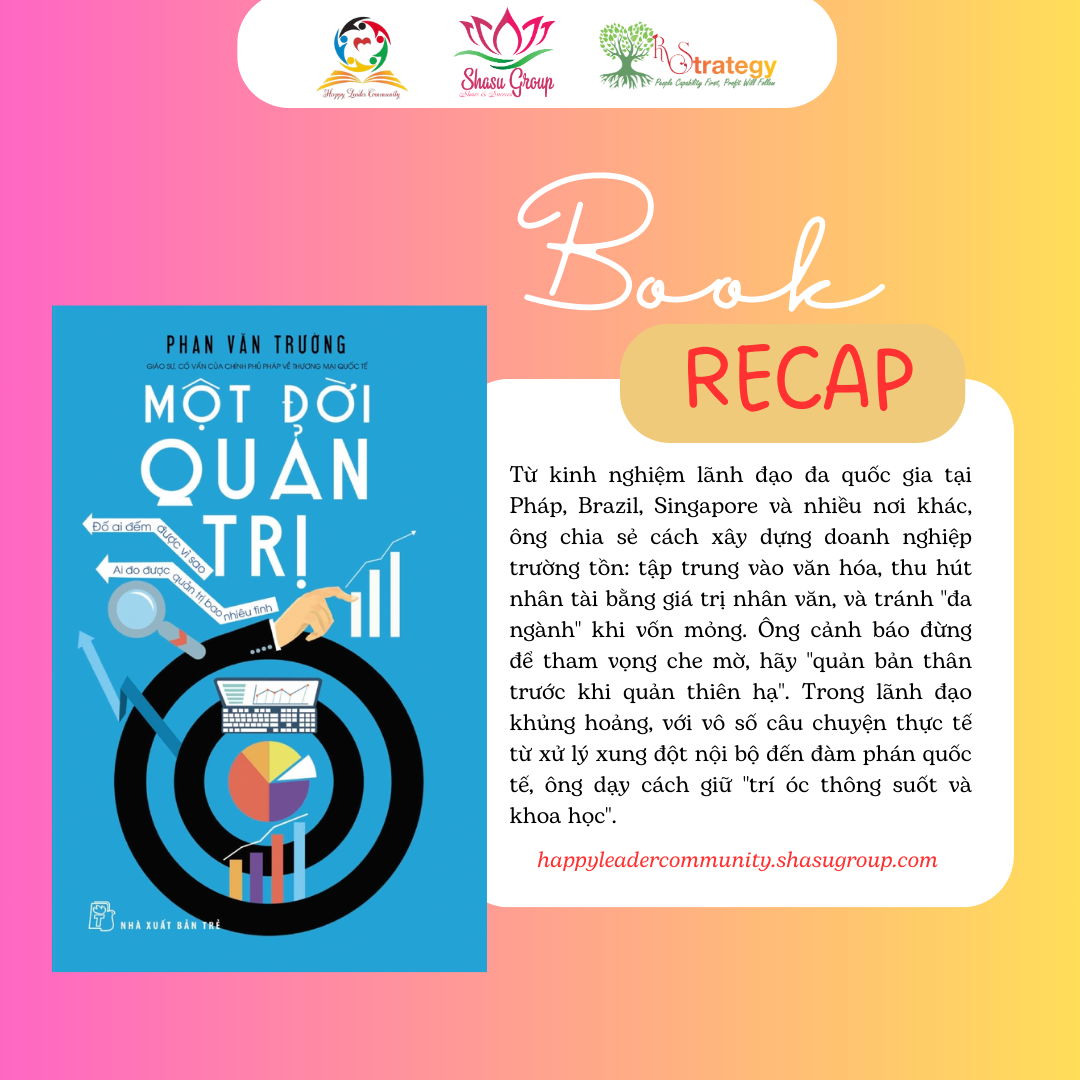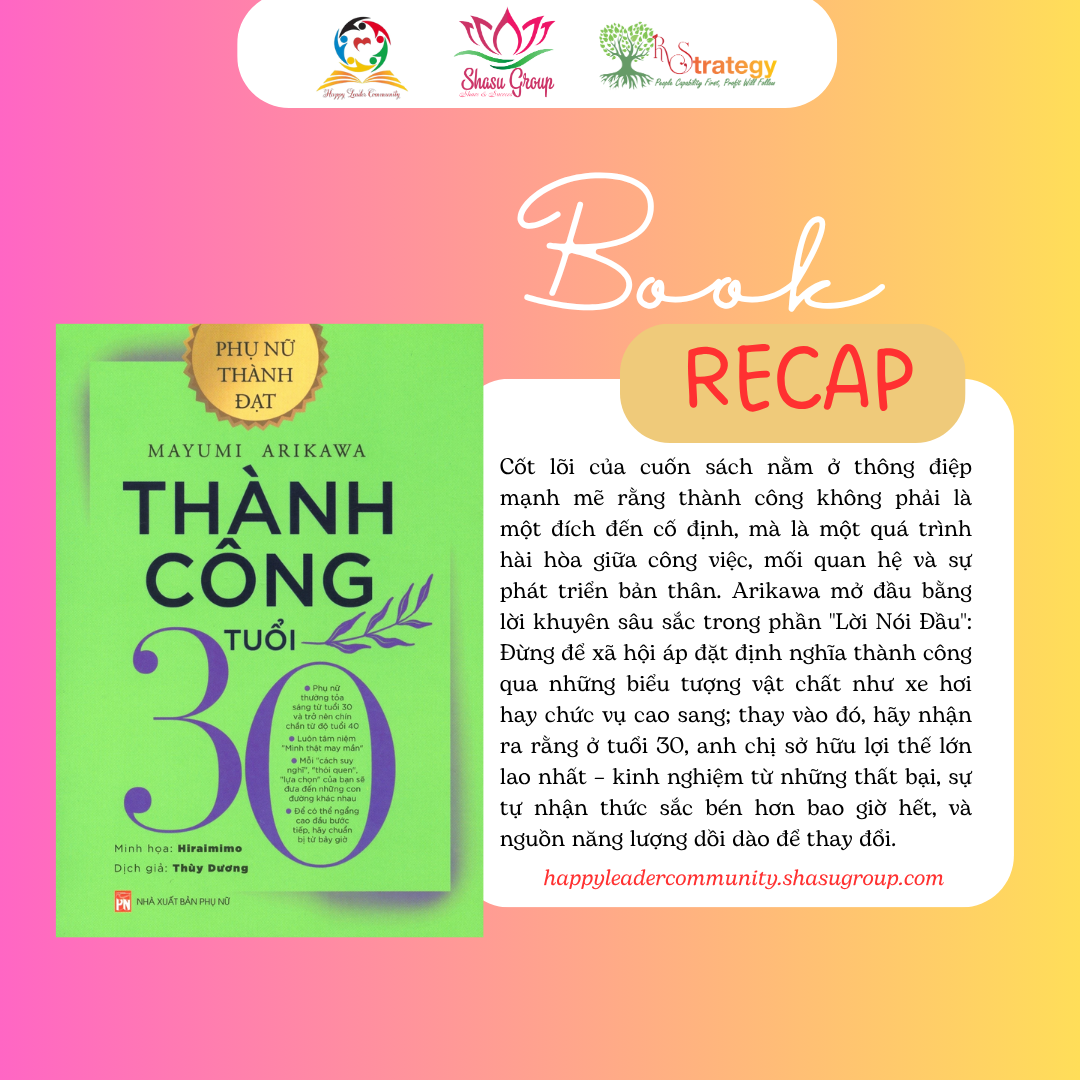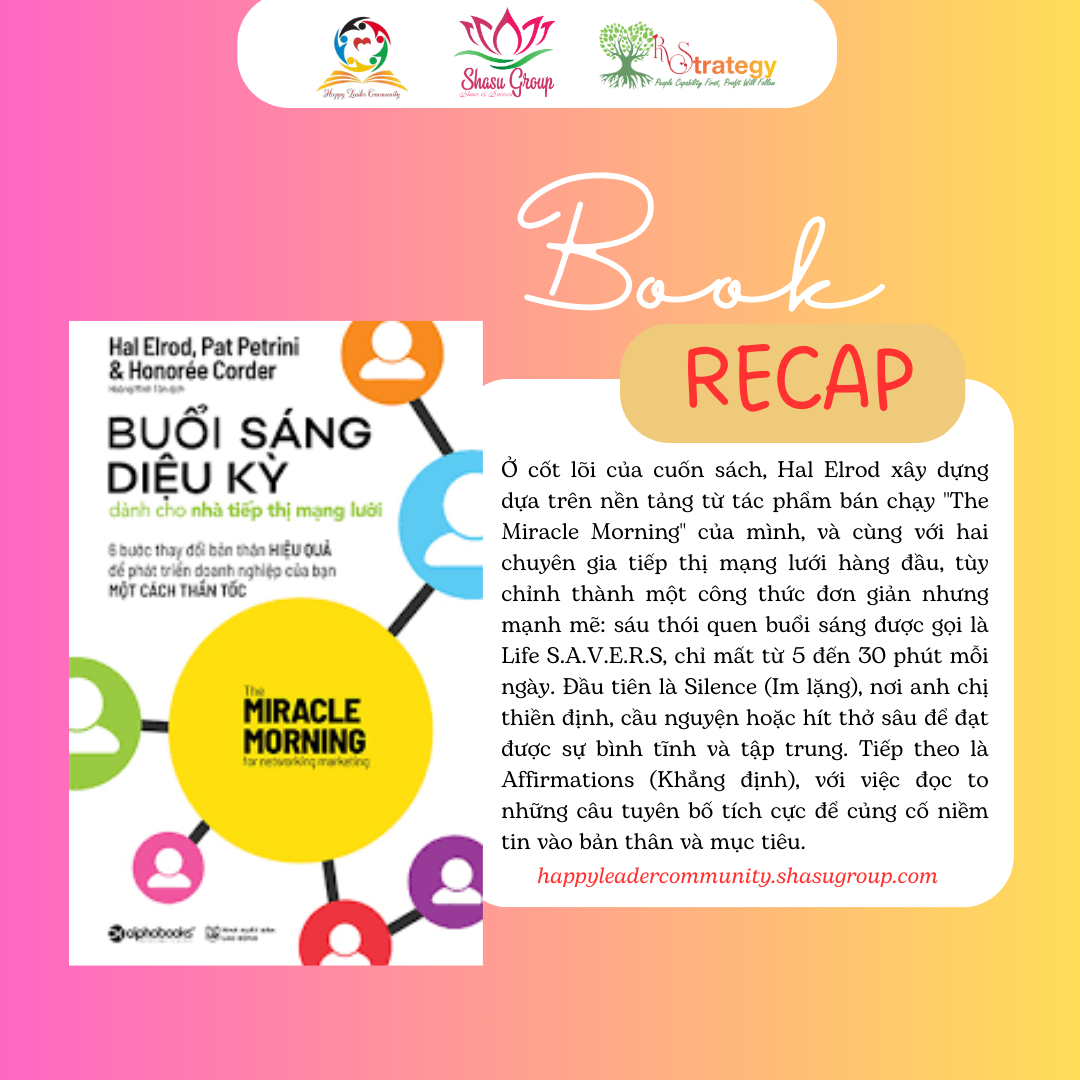What Is A Generation Gap?
A generation gap refers to the chasm that separates the beliefs and behaviors belonging to members of two different generations. More specifically, a generation gap can be used to describe the differences in thoughts, actions, and tastes exhibited by members of younger generations versus older ones.
The differences may be in politics, values, pop culture and other areas. While generation gaps have been prevalent throughout all periods of history, the breadth of differences of these gaps has widened in the 20th and 21st centuries.
How Generations Are Distinguished?
The current living generations have been divided into the following six major groups:

1. Greatest generation
As Great Depression and World War II survivors, they were instrumental in shaping the United States into an economic and military power. This group is defined by patriotism, teamwork, and drive. They were born from 1901 to 1927.
2. Silent generation
Born 1928 to 1945, older members of the silent generation fought in Korea, while younger ones danced to Elvis and early rock ‘n’ roll, formed the leadership of the civil rights movement, and were the New Frontier generation of President Kennedy. More traditional and rules-following than the baby boomers, they are also called the traditionalist generation, although that may be a misnomer for this group.
3. Baby boomers
They witnessed increasing social and economic equality and came of age as the country was split by differing views on politics, war, and social justice. The boomers participated in some of the greatest social changes in the country’s history, during the 1960s and 1970s, with the Civil Rights Movement and the Women’s Movement.
4. Generation X
Born between 1965 and 1980, Gen-Xers grew up with emerging technologies and political and institutional incompetence. They witnessed Watergate, Three Mile Island, and the Iranian hostage crisis. But they also observed major technological advancements. Mimeograph machines evolved into high-speed copiers, and fax machines gave way to email. Heavy adding machines were replaced by handheld calculators, and computers shrank in size and processing speed.
Xem thêm về các nhóm của chúng tôi tại đây
5. Millennials
Born between 1981 and 1996, millennials have always known cable TV, pagers, answering machines, laptop computers, and video games. Technological advancements in real-time media and communication have driven their expectation for immediacy. They are the generation that bridges the gap of growing up in a world before and after the Internet.
They have also seen untold tragedy in their youth, with events like the Columbine High School shootings of 1999 and the attacks of Sept. 11, 2001. Millennials were hit hard by the 2008 Great Recession, hurting the long-term outlook of their finances.
6. Generation Z
Generation Z is the generation after the millennials, born between 1996 and 2012. This generation consists of individuals in young adulthood, teenagers, and children. This is the first generation that grew up with the Internet as a fact of life, not knowing a world without email, immediate access to information, or mobile phones.
Generation Z was expected to do well financially, coming of age in a strong economy. The economic crisis of 2020 upended that stability and what comes next is still to be determined. This generation is racially and ethnically diverse and is similar to millennials in terms of its social and policy beliefs. Both generations are progressive and believe in social equality and the importance of climate change.
What Causes Generation Gaps?
The rate that is accelerating of in culture
Into the 1800s, developments in culture were sluggish. As a result, two or three generations lived lifestyles that were nearly the same as one another. There have beenn’t numerous distinctions across generations.
Nevertheless, offered technical and social improvements that took destination into the twentieth and 21st hundreds of years, the lifestyles of people also one generation apart are drastically not the same as one another.
Mobility of culture
In earlier generations, culture had not been extremely mobile. Many people remained within the area that is same nation. There was clearly small connection with people outside of a person’s basic area. Usage of information off their cultures had been restricted.
But, because of the increasing improvements of technology, individuals begun to be introduced to things that are new. Individuals started to experience other countries through tv and music. It help people connect easier
What Are The Problems Of Generation Gap?
The generational gap in the workplace is, broadly speaking, the difference in behavior and outlook between groups of people who were born at distinctly different times. Each generation grows up in a different context and, as a result, may have different work expectations.
For instance, members of the silent generation are typically depicted as being very fiscally conservative, while baby boomers may show more liberal fiscal tendencies. Gen Zers are heavily tech-reliant and comfortable using social media platforms, while older generations may prefer other forms of communication.
How To Bridge The Gap In The Workplace
To maintain a productive and inclusive workforce, business leaders need to develop practices that accommodate these differences. If you manage teams, read on to discover how you can bridge generational gaps and highlight your employees’ most shining qualities.
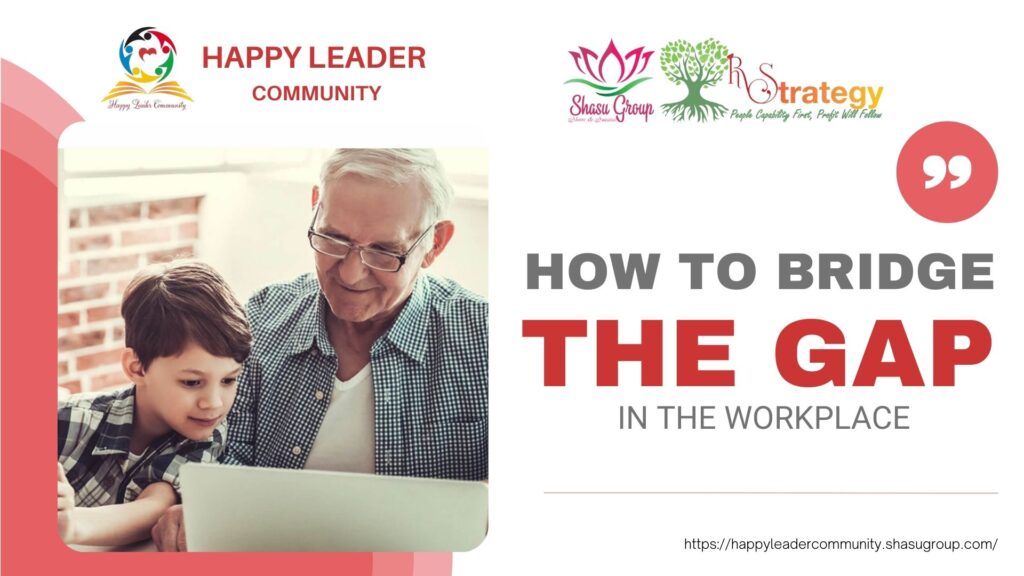
1. Create space for different communication styles
Your workforce spans multiple generations, defined by the years they were born: Baby Boomers (1946 – 1964), Generation X (1965 – 1980), Millennials (1980 – 1995), and Generation Z (1996 – present). Think of how people from these different eras came to experience work, independence, and technology for the first time. Gen Y predated the internet while Gen Z learned to use touch screens as toddlers.
Give everyone a fair avenue to receive and share information and make sure that you aren’t sticking to only one form of communication. Technology, not to mention a global pandemic, created a boom in virtual communications. But with that comes the possibility that your staff operate in silos.
Try to use a blend of communication styles so that everyone feels comfortable. Relying too much on Slack for example devalues the power of in-person conversation. Use technology to make your jobs easier, but remember that it can break down. Sometimes grabbing a cup of coffee to have a meeting is more satisfying.
Tham gia cộng đồng học tập suốt đời cùng chúng tôi tại Happy Leader Community
2. Implement collaborative training
Learning is better together. Does your business have a group of Baby Boomers or Gen X employees leaving the team without Millenials to fill their shoes? Bridge the generational knowledge gap with training opportunities that allow more senior employees to train their younger counterparts.
A more senior employee could lead a lunch-and-learn session to share manager best practices, or you could let your employees sign up for training courses to learn their skill of choice. Empower your staff to share their knowledge so they’ll gain a greater sense of belonging.
You can also create the spirit of team learning with your onboarding process. Gather your new employees every month and have them undergo the same onboarding experience together. This way, they can build respect and understanding with one another from day one, regardless of their age.
3. Encourage flexibility
Priorities for people are different at every stage of life. Gen Z new hires might be fresh out of school and eager to prove themselves. A Millennial might have relocated to a new city alone to look for social opportunities at work. A Gen X crowd might have childcare and schooling obligations.
Your employees will not all have the same relationship to their job. You can help them be more productive and enjoy their work with greater flexibility. If they can swap shifts last minute for example, they can achieve some work-life balance.
For office employees, remote-work is likely here to stay after the pandemic. Consider following the trend and allow your employees to work from home to balance their obligations. If remote work is not possible for your business, give your employees a say in their schedules. Ask them for their preferences and support their priorities outside of work. Make sure they can easily communicate their availability and find a replacement if needed.
4. Avoid stereotyping
The internet might have you believe that Gen Z and Millennials are at war. Both seem to have some surface-level observations about the other around fashion choices, hobbies, and ethics. Stereotypes have developed about every generation. Baby Boomers are bad at technology, Gen X is submissive, Millennials are too soft, and Gen Z complains.
In reality, individuals often defy expectations for their age. For every generation, there is value in how people take on new challenges, gain experience, and desire to make the world a better place.
Don’t put your employees in a box. Just as you should never make any assumptions based on someone’s gender, remember that all of your employees are equally capable of succeeding. Throw stereotypes out the window and optimize your workplace so that anyone can feel supported.
If your team feels pressured to work long hours, create an open vacation policy. If they’re craving fulfillment, build training and volunteer opportunities. Give them actionable goals if they need more structure. The best leaders can bring the best out of their employees without making blanket assessments.
5. Provide mentorship
Each generation possesses unique knowledge and experiences to share. A successful workplace allows all generations to learn from one another.
Encourage your older employees to share their real world experiences, while younger employees can lead training on new technology and social trends if the other employees aren’t already aware of these trends. Mentorship should move in every direction so that every generation can benefit from learning and teaching.
Mentorship programs will build confidence in your workforce. Younger employees will feel more prepared for leadership, while older employees can adopt fresh approaches to work. Intergenerational learning will help your employees become well-rounded owners of their expertise.
6. Foster belonging
Create a culture of open, mutual respect. Your employees should be proud to work with people who don’t always look like them. Beyond your formal work operations, are there opportunities for your employees to authentically connect? If you have a team outing, remember that not everyone likes to stay out late drinking. Be inclusive with how you celebrate your wins, too.
All employees must respect what is important to their colleagues. You’ll only understand what these values are by creating the proper space to share them. Hold your team culture to the highest standard, and remember that people across every generation essentially want to be valued and seen.
Collection & Edit by Marketing Dept from Team Happy Leader Community – Shasu Group
Reference:
- https://www.investopedia.com/terms/g/generation-gap.asp
- https://www.deputy.com/blog/the-generation-gap-how-to-bridge-the-gap-in-the-workplace
- https://nemonicbiz.com/generation-gap-definition-causes-effects-a-mistake-6/
- https://www.paychex.com/articles/human-resources/how-to-manage-multiple-generations-in-the-workplace
Sign up now LEADERS DEVELOPMENT TRAINING COURSE 2022
Follow us:
- Facebook: https://www.facebook.com/HappyLeaderCommunity
- Website: https://happyleadercommunity.shasugroup.com
Our Services
- Business Consultant: https://consultant.shasugroup.com/
- Executive, Business, Performance, Leadership Coaching & Mentoring: https://www.shasugroup.com/coaching-mentoring-consulting
- Training Solution: https://training.shasugroup.com/
- Fundraising & M&A Consultant: http://invest.shasugroup.com/
- International Sales Connection Service: http://export.shasugroup.com/
- Headhunter(Recruitment Service): https://hrstrategyvn.shasugroup.com/


